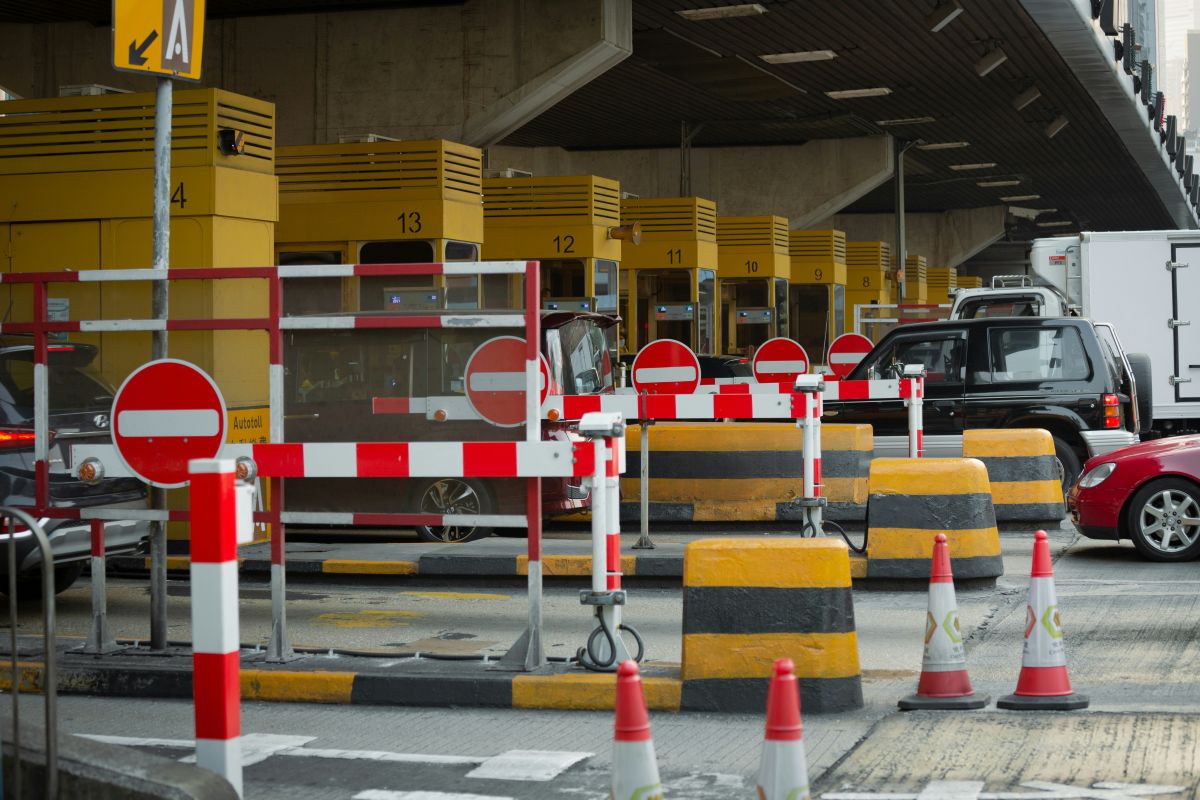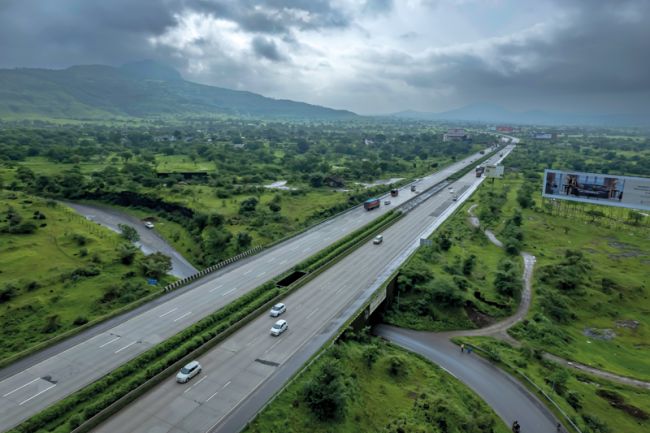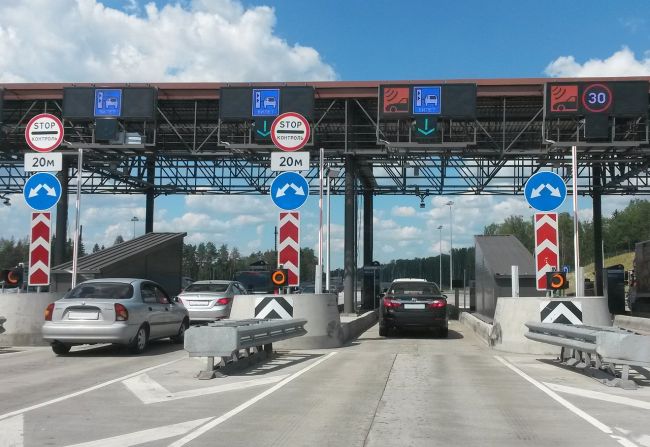Toll road forecast types
The toll forecasts must be prepared to match the type of toll project delivery being considered.

Due to funding shortages, more state and local governments are considering toll projects as approaches to improve their transportation infrastructure, and the toll forecasts must be prepared to match the type of toll project delivery being considered.
So how should the public sector determine which delivery approach to use? Some countries prescribe approaches for undertaking this decision-making process, with Value for Money Analysis or Public Sector Comparators being the most common examples. In the US there is no universal approach yet, although many state and local governments are developing their own methods to address this issue. In doing so, it is important that a properly sophisticated evaluation is used to assess the complex contractual and financial instruments included in P3s. As a key input into the financial valuation, a thorough understanding of the toll revenue is critical.
There are two important considerations of how forecasted toll revenues should be incorporated into these analyses. The first relates to toll rate increases. Publically operated toll roads have a history of modest toll rate increases, with political pressure often limiting their extent. Private sector operators, on the other hand, have tended to exercise their right to increase toll rates subject to their concession agreement constraints. The other important consideration when comparing delivery approaches involves the intended use of the forecasts. Traditional US toll road development is primarily funded by debt issued through the municipal bond market. This offers the advantage of lower interest rates, due to the tax exempt status of the bonds. On the other hand, P3 projects tend to involve a combination of equity and debt investments.
Experience has shown that even on the same project, different traffic and revenue forecasts are used to support the equity and debt investments, because of their different risk and reward profiles. Equity investors will benefit when revenues are higher than forecast since excess revenue net of costs represents their profit. Debt investors do not receive this upside benefit,
although when the public sector develops projects, this excess revenue becomes available to the public for other purposes.
Both debt and equity investors may not receive payment when revenues are lower than forecast. However, since debt payments are higher in the flow of funds than the equity return on investment, debt investors are more likely to receive payment when revenues are less than forecasts, and thus face different downside risks. A robust project delivery evaluation must incorporate these considerations to assess the revenue streams for each type of investment properly. This evaluation must match the likely toll rate increases with the project delivery approach, and align the assumptions included in the traffic and revenue forecasts with the risks and rewards of equity and debt investors.
Steer Davies Gleave will soon begin work assisting the San Bernardino Associated Governments as it considers the delivery approach for managed lane projects in Southern California, and advising the Kentucky Public Transportation Infrastructure Authority in its oversight role of the Louisville Southern Indiana Ohio River Bridges Project.













